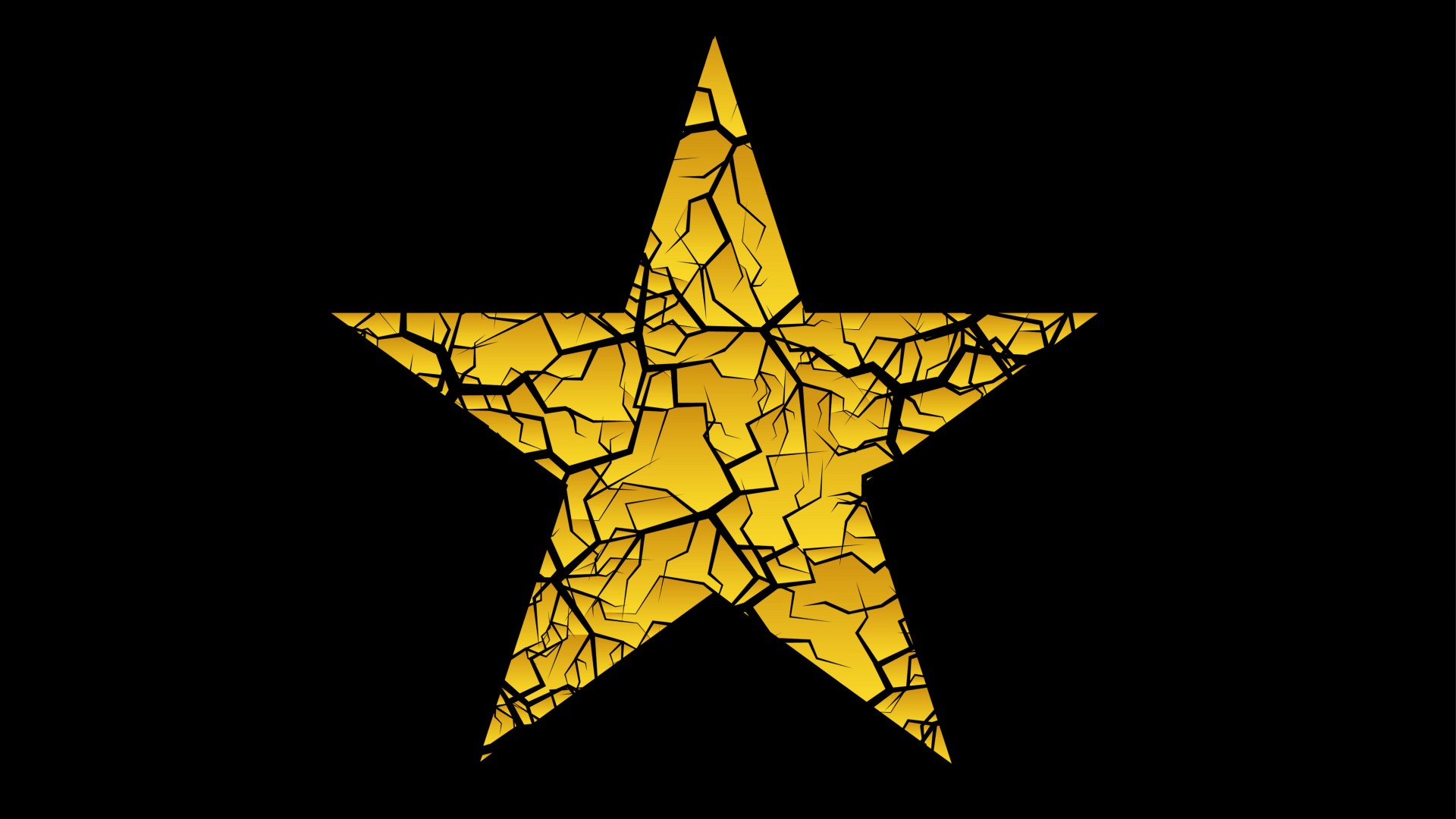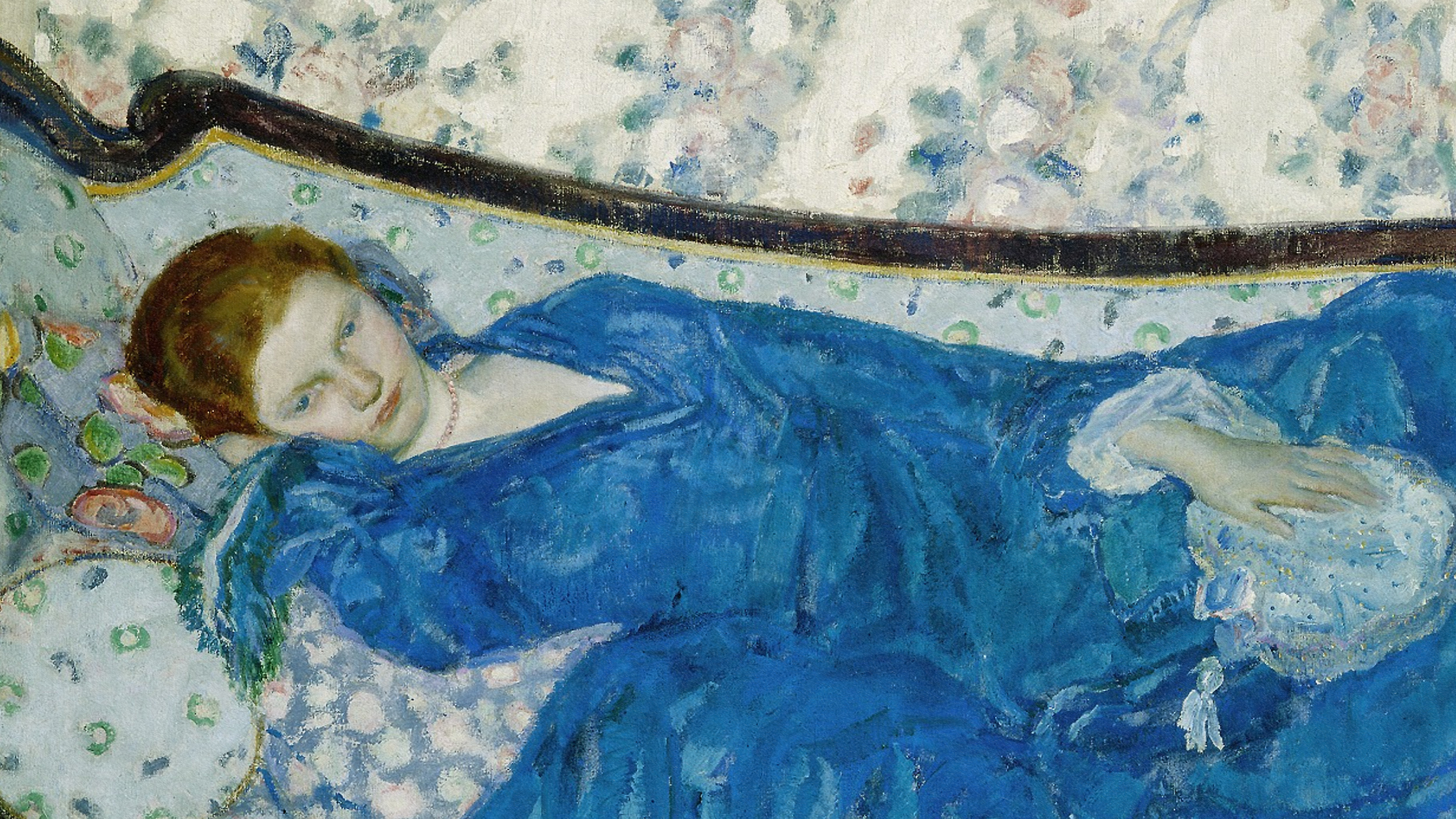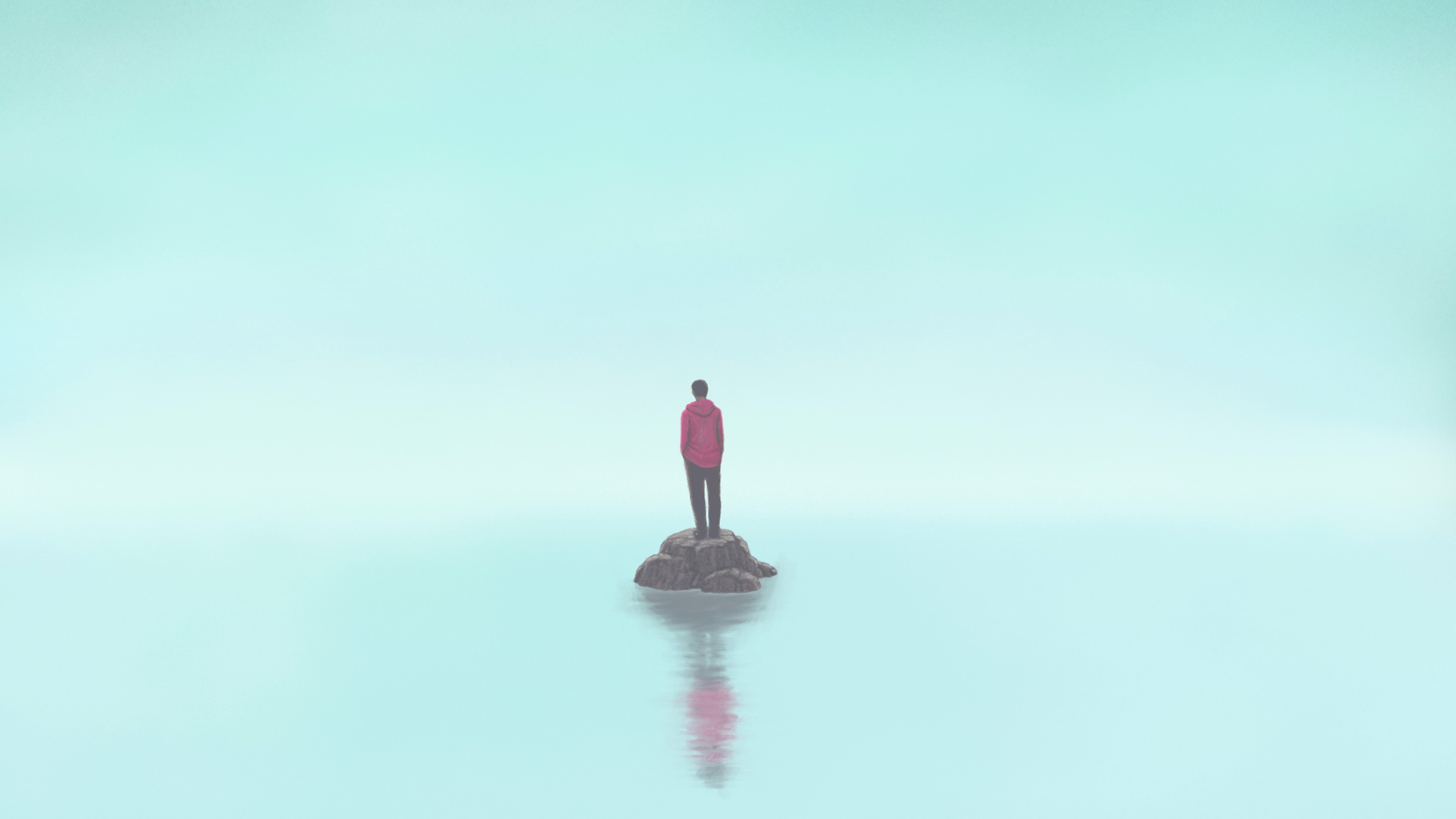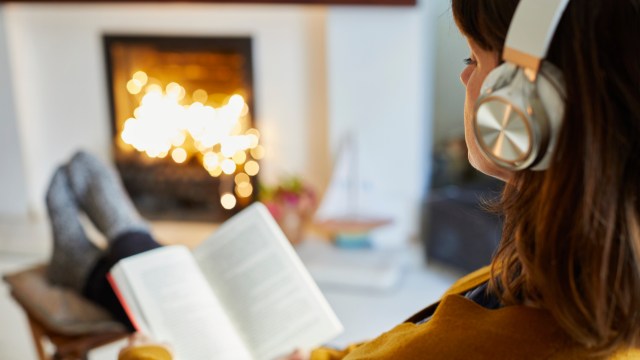How to survive social distancing according to science

- Social distancing asks us to repress our evolutionary desire for human contact and interaction.
- Experts worry long periods of the practice will have unforeseen consequences on our mental health.
- We look at seven ways to help us mitigate social distancing’s harmful effects.
In response to the COVID-19, government and public health officials have asked us to steer clear of each other. Called “social distancing,” the idea is to limit the transmission of the disease by lessening the contact we have with people.
To meet this goal, the Centers for Disease Control and Prevention (CDC) has recommended postponing or canceling all mass gatherings; more than 30 states have shuttered school doors; and many cities have closed bars and restaurants.
Experts agree social distancing will help us slow COVID-19’s spread, but as reported by Science, others worry it may have unforeseen consequences.
Over an extended period, loneliness and social isolation can increase stress and depression. They can exacerbate physical health problems such as heart diseases. And like coronavirus, they target the older cohorts of our population to injurious effect.
“The coronavirus spreading around the world is calling on us to suppress our profoundly human and evolutionarily hard-wired impulses for connection: seeing our friends, getting together in groups, or touching each other,” Nicholas Christakis, a social scientist and physician at Yale University, told Science. “Pandemics are an especially demanding test…because we are not just trying to protect people we know, but also people we do not know or even, possibly, care about.”
Social distancing will be our way of life for several weeks, maybe months. Here are seven ways to help us survive this new paradigm.
Understand social distancing
Despite the name, social distancing is really a form of social solidarity.
Most people who catch the disease will have mild to moderate symptoms—including fever, dry cough, fatigue, and sputum production—and they soon recover. Only an estimated 6 percent of people become critically ill and fewer still die. Even so, that leaves millions of people at risk of developing a debilitating case.
To protect these people, we practice social distancing to curb the disease’s multiplying factor. As Lou Bloomfield, a physicist at the University of Virginia, explains:
At present, each person with COVID-19 transmits coronavirus to an average of about two to three people. With such a large multiplying factor, we have rapid exponential growth. Because it takes about five days for COVID-19 to develop, the cases are doubling every two or three days. If there are 100 cases today, there will be 200 cases in a couple of days, and a thousand cases in a little over a week. In a month, it will be almost a million cases. Not good.
Those near million cases would then swarm the public health system, severely draining resources and personnel.
To give a sense of how detrimental that could be, the United States only has 2.9 hospital beds per 1,000 citizens—a figure that represents every bed, not just the free ones. Other resources at risk of overuse include ventilators and respirators.
Through social distancing, we can flatten the curve. That doesn’t mean that fewer people will get sick; however, the timeline of people contracting the disease elongates. In turn, the health system has more time to treat critical cases before new ones arrive.
“It is better to operate under the pretense that there is transmission in your community already,” Syra Madad, a pathogens specialist, told Vox. “There’s going to be disruption to daily life, but we want people to feel empowered by this. The decisions you make will ultimately affect the trajectory of this disease.”
Keeping a sense of social solidarity in mind, alongside what philosopher Peter Singer calls the expanding circle of moral concern, may help us weather social distancing better than if we feel punished thanks to some abstract graph’s extra spiky curve.
Don’t panic
The 2009 swine flu pandemic lead to mass hysteria, according to a study conducted at the University of Michigan. The study found that people perceived H1N1 to be even deadlier than the Ebola outbreak in Africa. The truth was the opposite.
The results suggested that as the perception of risk increased—regardless of the change in actual risk—so did feelings of fear and anxiety. And this fear could lead to dangerous social or personal behavior.
“This is dangerous when the virus doesn’t exist like with most mass hysteria cases, but it’s even more dangerous when we’re talking about a real virus that does exist,” Jamiee Bell writes for Big Think. “The fear and paranoia around catching the virus lead to panic-purchasing and the spread of misinformation, which furthers the anxiety and fear in the general public.”
Already with COVID-19, people have squirreled away doomsday preppers’ supplies of toilet paper, paper towels, and hand sanitizer. Worse, snake oil salesmen have begun peddling fake cures that prey on people’s fears.
To combat panic, we need to prioritize reason and realism. A good way to manage that is to filter our information ecosystems.
Prioritize expert-driven, reputable sources of information. The best sites for such information include the CDC’s coronavirus page, your local health department’s website, and the Johns Hopkins Center for Health Security. These should be your primary sources for information on what’s happening and what steps to take.
Reputable news outlets like the New York Times and Wall Street Journal are good sources, but limit your exposure. The availability heuristic shows us that we make snap judgments based on how easily information comes to mind.
An oversaturation of news gives us the faulty sense that rare events occur with more frequency than they do. Primary news-driven examples include terrorist attacks, plane crashes, and, of course, pandemics.
Our sense of the world must be balanced by facts and statistics that, while less eye-catching than a front page headline, are in line with reality.
Retrofit your habit loop
With offices closed and schools shuttered, our daily routines are out of whack. This state can leave creatures of habit aimless, anxious, and stir crazy. Thankfully, you can hijack your pre-establish habit loop and retrofit it for social distancing.
Journalist Charles Duhigg has spent much time researching the science of habits. As he explains, the habit loop comes in three parts:
There’s first a cue, which is a trigger for behavior. Then the behavior itself, which we usually refer to as a routine, or scientists refer to it as a routine. And then there’s the reward. And the reward is actually why the habit happens in the first place, it’s how your brain sort of decides, “Should I remember this pattern for the future or not?”
If you now work remotely, stick to your old cues of waking, showering, and putting on pants. Contrary to popular belief, most people who exclusively work at home manage those feats daily. After work, be sure to reward yourself with something that connects your new routine to a sweet dopamine hit.
As a bonus, you can now substitute your morning commute with something more relaxing. A cup of coffee and a good book, perhaps?
Or if you are homeschooling children, develop a schedule that incorporates routine and reward. Follow an hour of reading and workbook immediately with snack time or educational TV. Don’t forget to reward lots of indoor work with outdoor excursions on sunny days.
Get outdoors and exercise
Yes, you can still take the little ones outdoors. Remember: the coronavirus spreads person-to-person through respiratory droplets. The high-contact surfaces that those droplets collect on—think tabletops, door handles, elevator buttons, etc.—are noticeably absent on interurban trails.
The outdoors provides a bevy of benefits to offset social distancing’s mental cramps. Frequent contact with nature makes people happier, improves their concentration, and helps them heal. It supplies a wholesome regimen of Vitamin D, too. Doctors recommend 120 minutes of nature every week, and you can shoot for this goal in the weeks to come.
The outdoors also provides a people-free gym for those worried about losing their gains. And experts agree: Avoid the gym.
However, as Dr. Neha Chaudhary told the New York Times, you’ll want to avoid high-traffic public places whether they are outdoors or not. Unfortunately, these include playgrounds and popular parks.
Make connections how you can
The CDC defines social distancing as avoiding congregate settings and maintaining a distance of approximately 6 feet from others. That’s a broad guideline with a lot of wiggle room.
In an interview with the Atlantic, Carolyn Cannusicio, director of research at the Center for Public Health, translates that guidelines as follows: “I would recommend that people minimize social contact, and that means limiting all social engagements. That includes intimate gatherings among friends.” However, she notes that there are exceptions:
I think the exception is if two households are in strict agreement that they are also going to reduce all outside contact and then those two households socialize together, to support one another. I can see social and mental-health advantages to that kind of approach.
Similarly, the King County Health Department points out that “social interaction is still vitally important to the mental health of young people.” It recommends playdates of 10 or fewer children if children are healthy, physical contact is limited, and the play area isn’t crowded.
Others take a more hard-line approach. As Lindsay Thompson, a pediatrician of the University of Florida, told NPR: “I’m personally taking a really strict line. I would say that playdates inherently have a risk—I don’t know how big or small. But if we can put them off for a few weeks and replace it with family time, it would be better.”
All experts agree that if you are sick, isolation is the best policy. If you must make in-person contact, be mindful of the risks, keep your distance, and follow CDC guidelines for washing your hands, not touching your face, and sneezing in a tissue you immediately throw away.
Be altruistic
Many scientific studies have shown a strong correlation between altruistic activities and improved health, happiness, and well-being. A study in Nature Communicationsfound that participants who spent money on others reported greater happiness than a control group who did not. Others have found that regular giving reduces depression while enhancing emotional regulation. Another found that patients reported ameliorated pain after volunteering.
“So much of public health is rightly focused on environmental toxins and the control of epidemics. However, a positive vision of public health must nurture benevolent affect and helping behavior,” writes Stephen G. Post.
Social distancing may limit our opportunities for altruistic behavior, but we can get creative. We could, for example, help a high-risk relative or neighbor by offering to do their grocery shopping with our own. This keeps the high-risk individual away from crowded stores, while also lessening the number of people congregating through the aisles.
We could also form a pact with fellow parents to share homeschool responsibilities—provided, as Cannuscio recommends, everyone is healthy and parents maintain a strict agreement to reduce contact elsewhere.
And, of course, there are the traditional donations of time, money, and resources to nonprofits helping others during this difficult time.
Manage your stress
During a pandemic, stress can manifest in many ways, all harmful. Worry about ourselves and loved ones turns into ubiquitous anxiety. Changes in sleep patterns or increased alcohol use can make us tired and irritable. And underlying health conditions can worsen.
We’ll need to sharpen our stress management techniques to keep our lives in balance. The CDC recommends setting aside time to unwind, exercise, and engage in activities you enjoy. Be cognizant of your eating habits, substitute alcohol for tea, and connect with others. And when you do have free time, don’t spend it glued to breaking news or social media hubs (again, Don’t Panic).
The CDC also recommends practicing deep breathing and meditation, which have been shown to have concentration and stress-reduction benefits. As psychologist Daniel Goleman explains:
The good news is that there’s a dose-response relationship in meditation. Apparently from what we can tell the longer you do it the more benefits you get. For example, right from the beginning, there are intentional benefits, there are stress benefits, you’re more resilient under stress, but we see this even more strikingly in people who have been longer-term meditators.
If your stress-reduction techniques typically involve leaving the house, you may be to escape virtually. Many museums are offering virtual tours to keep homebound minds sharp. The same goes for live performances. The Metropolitan Opera will stream free opera productions while its curtain is down.
Stay positive
Social distancing will prove a trial by fire. Neither humans nor our societies are built with the intention that we live as small, distant lightyears from each other constellations. In addition to the above, we have another strength to draw upon: optimism.
In one study, researchers looked at the “positive health” of the longest detained American POWs of the Vietnam War. The researchers concluded that optimism predicts “positive physical and psychological health” and provides “long-term protective benefits.”
And that’s a bonus tip for surviving social distancing in the weeks to come.








